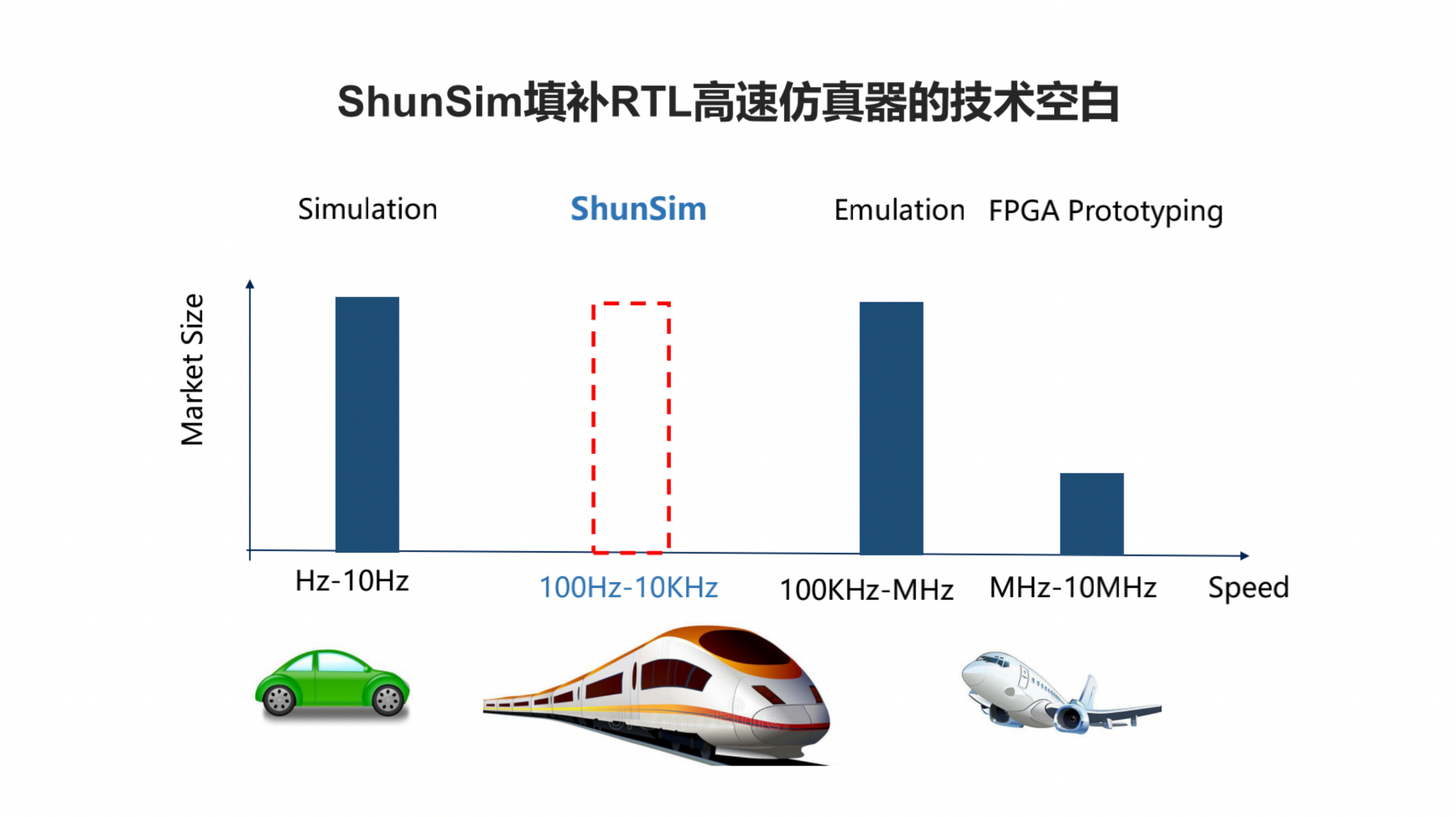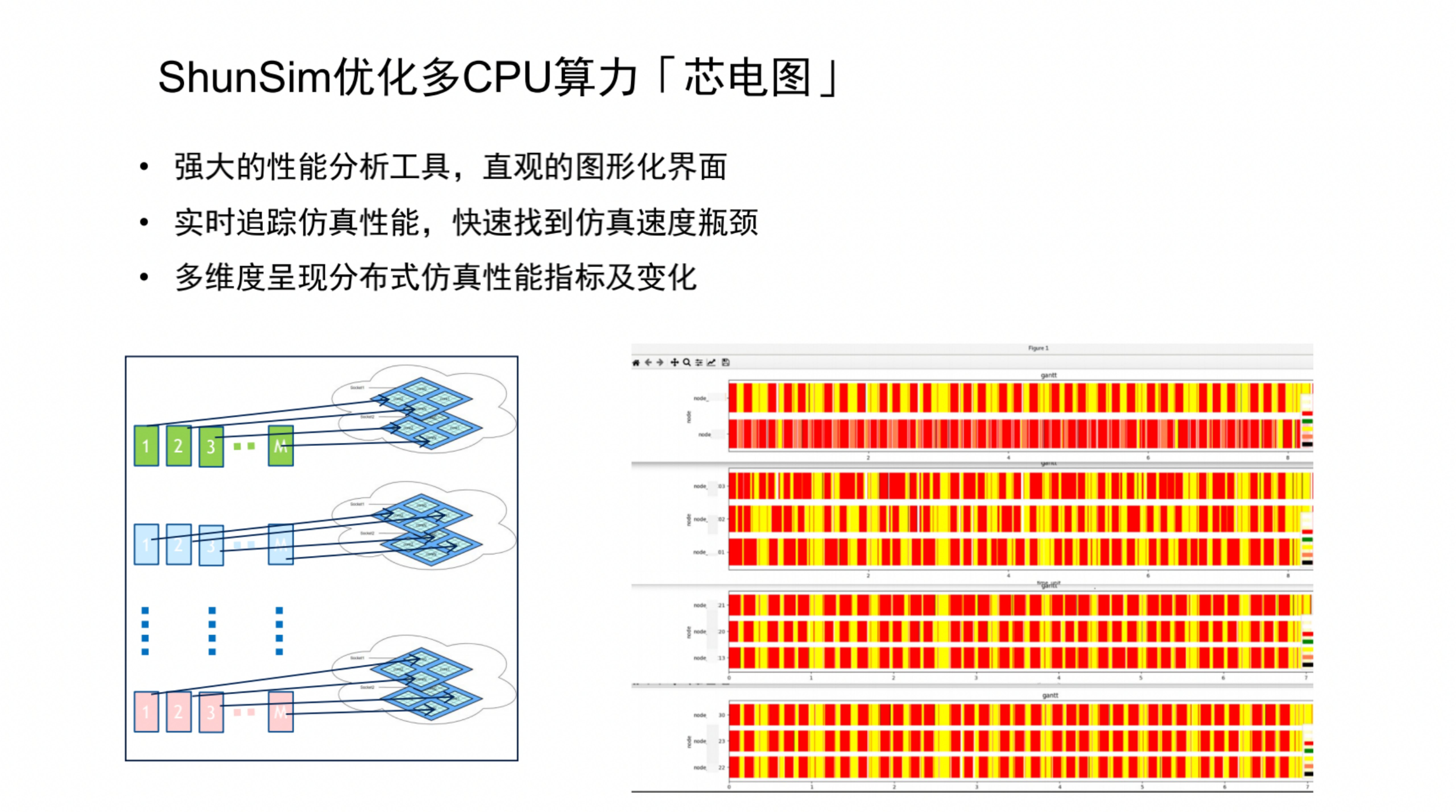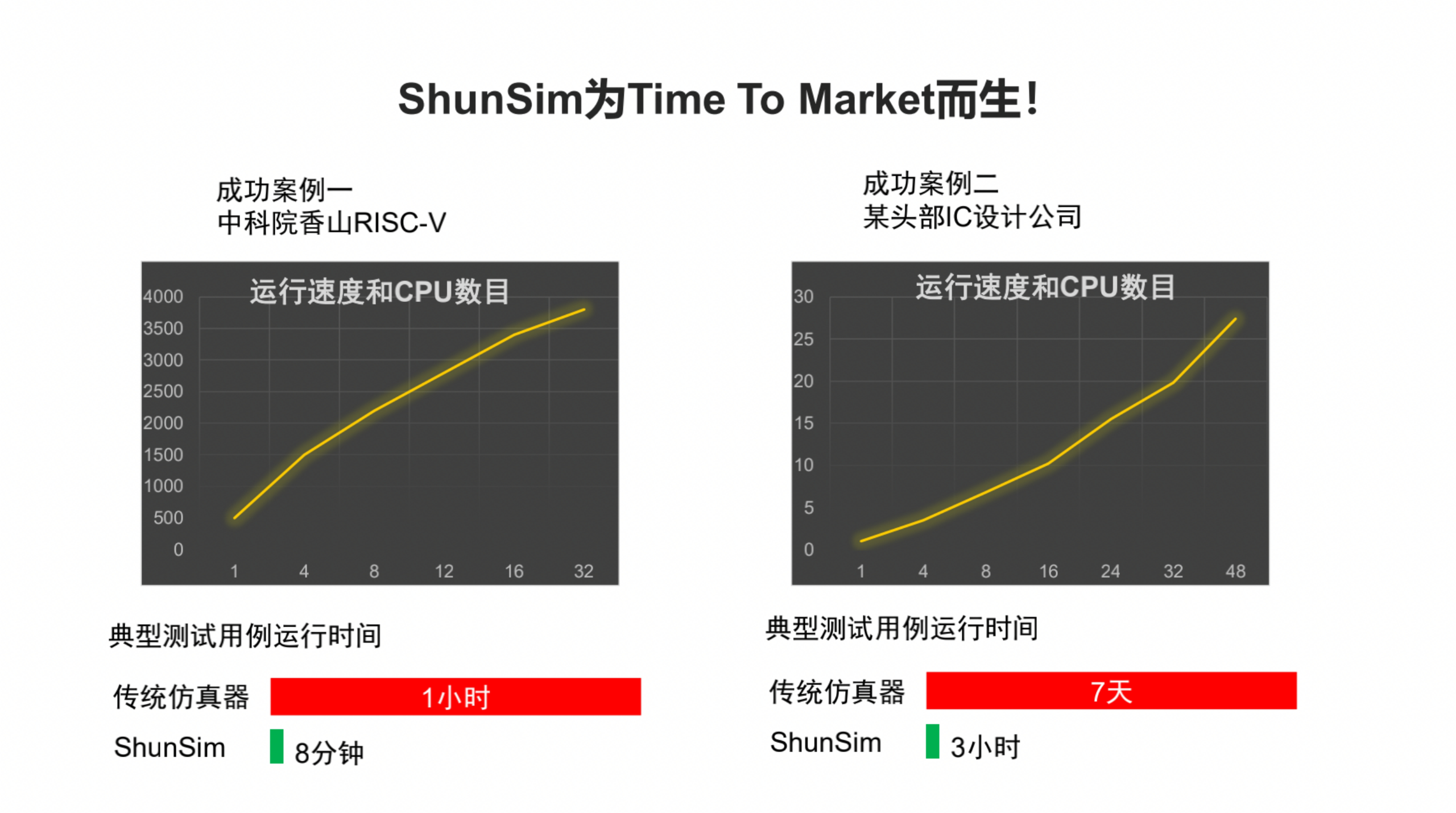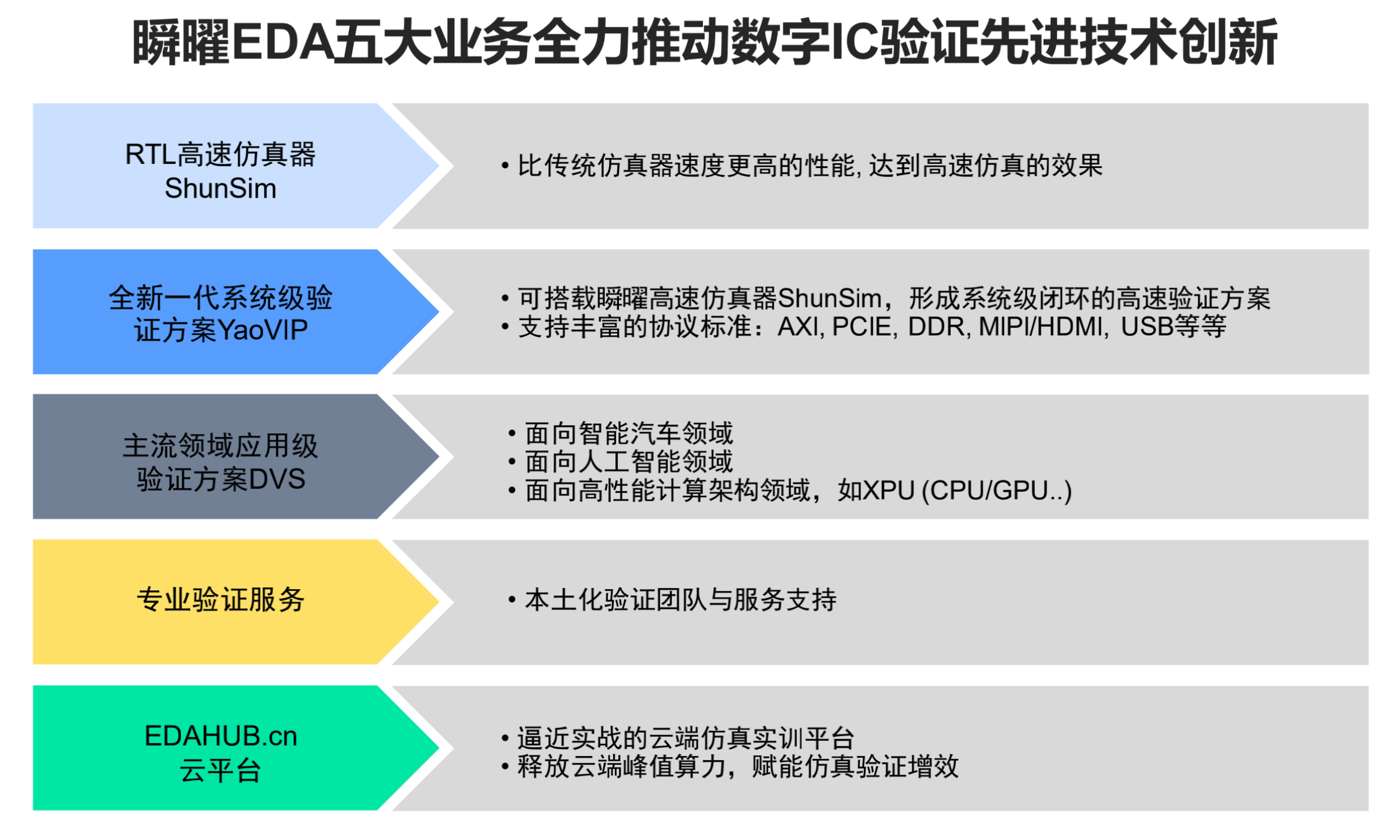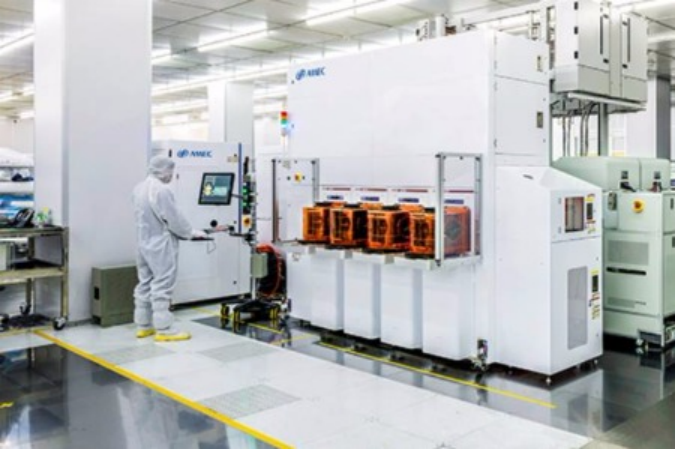Deep analysis of the market from Credit Suisse Japan with a lot of interesting data:
Just some few highlights:
- Demand is increasing in China for equipment used in the assembly of EV power modules,
with Huawei-linked projects the reported driver of demand. Insulated-gate bipolar
transistors (IGBTs) and other components are being sourced from US, European, and
Japanese producers. (page 8)
- CXMT expansion plan (page 37)
- YMTC has revised its 196-layer plans and is focusing on improving yields for the 128-layer
chip for the time being (page 49)
- China's YMTC already uses bonding technology, but among global
players, Kioxia plans to build a test line in 2023 (around 30K units in 2Q), followed by mass
production in 2024 and Samsung Electronics targets adoption of the technology in 2026 (page 50)
- NAND technology roadmap (page 50)
- Huawei plans to establish an in-house assembly line to supply the end-to-end-integrated
line being developed by Shaoxing-based SMIC spin-off Semiconductor Manufacturing
Electronics Corp (SMEC). (page 56)
- Chinese memory players CXMT and YMTC have pulled back on capital investment, but
YMTC has reportedly begun making inquiries about equipment since the June quarter (page 57)
Just some few highlights:
- Demand is increasing in China for equipment used in the assembly of EV power modules,
with Huawei-linked projects the reported driver of demand. Insulated-gate bipolar
transistors (IGBTs) and other components are being sourced from US, European, and
Japanese producers. (page 8)
- CXMT expansion plan (page 37)
- YMTC has revised its 196-layer plans and is focusing on improving yields for the 128-layer
chip for the time being (page 49)
- China's YMTC already uses bonding technology, but among global
players, Kioxia plans to build a test line in 2023 (around 30K units in 2Q), followed by mass
production in 2024 and Samsung Electronics targets adoption of the technology in 2026 (page 50)
- NAND technology roadmap (page 50)
- Huawei plans to establish an in-house assembly line to supply the end-to-end-integrated
line being developed by Shaoxing-based SMIC spin-off Semiconductor Manufacturing
Electronics Corp (SMEC). (page 56)
- Chinese memory players CXMT and YMTC have pulled back on capital investment, but
YMTC has reportedly begun making inquiries about equipment since the June quarter (page 57)

